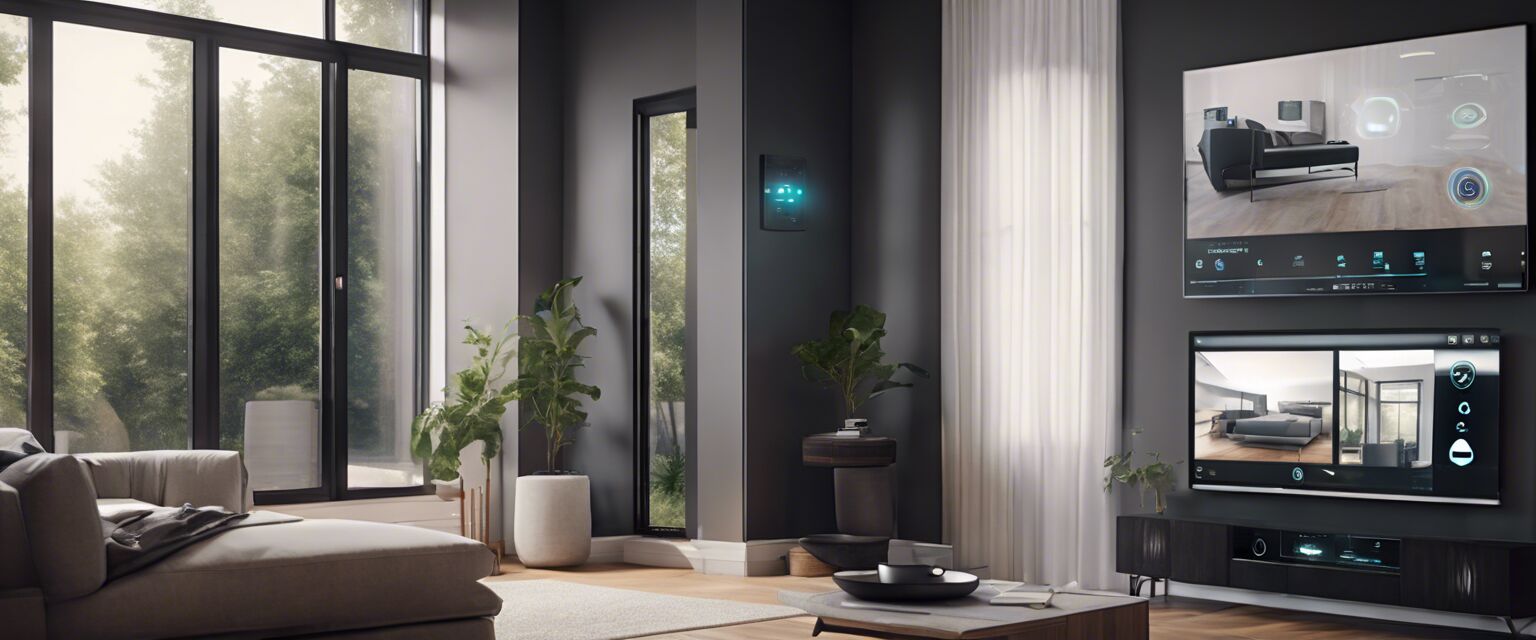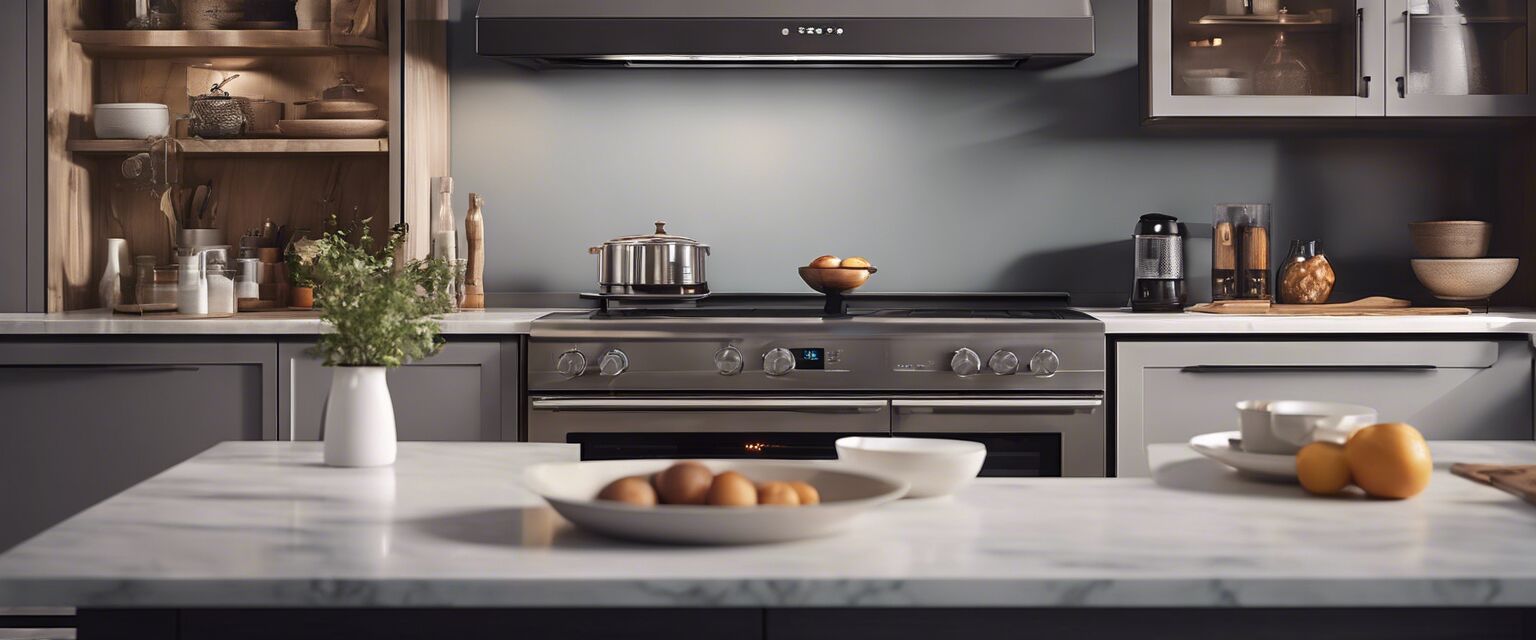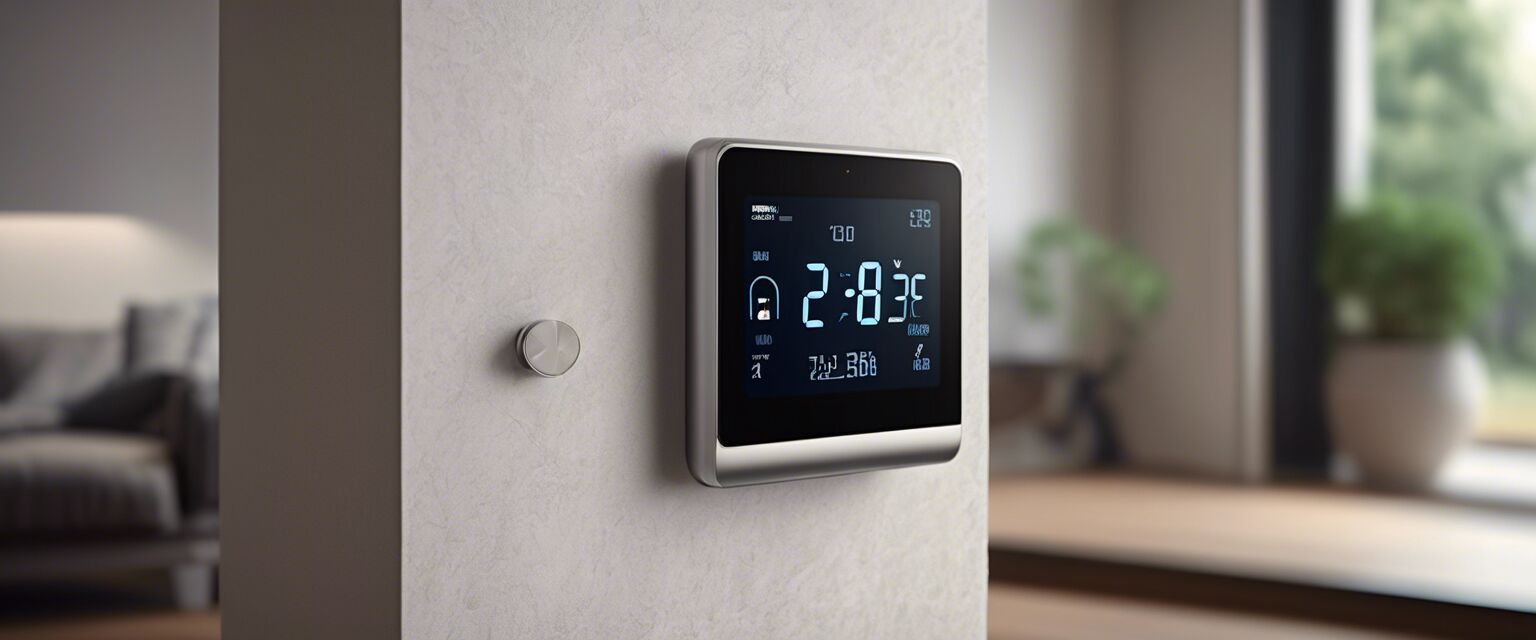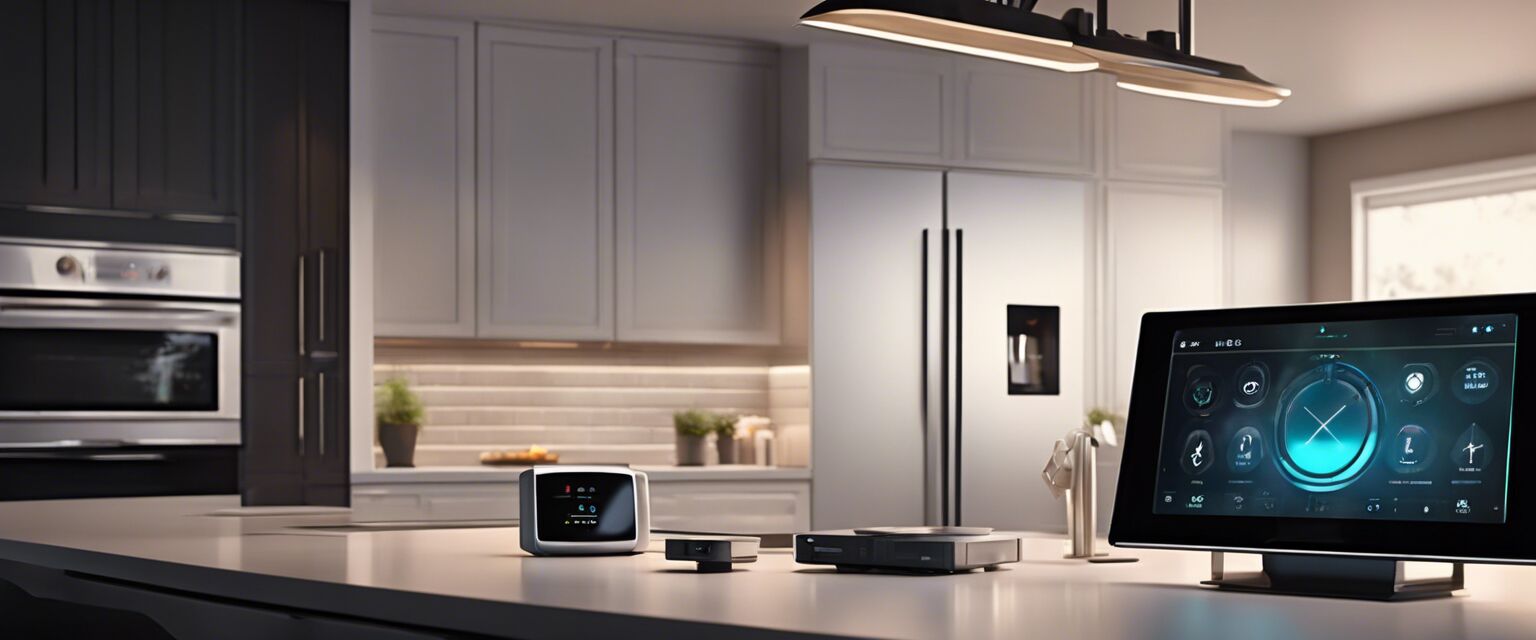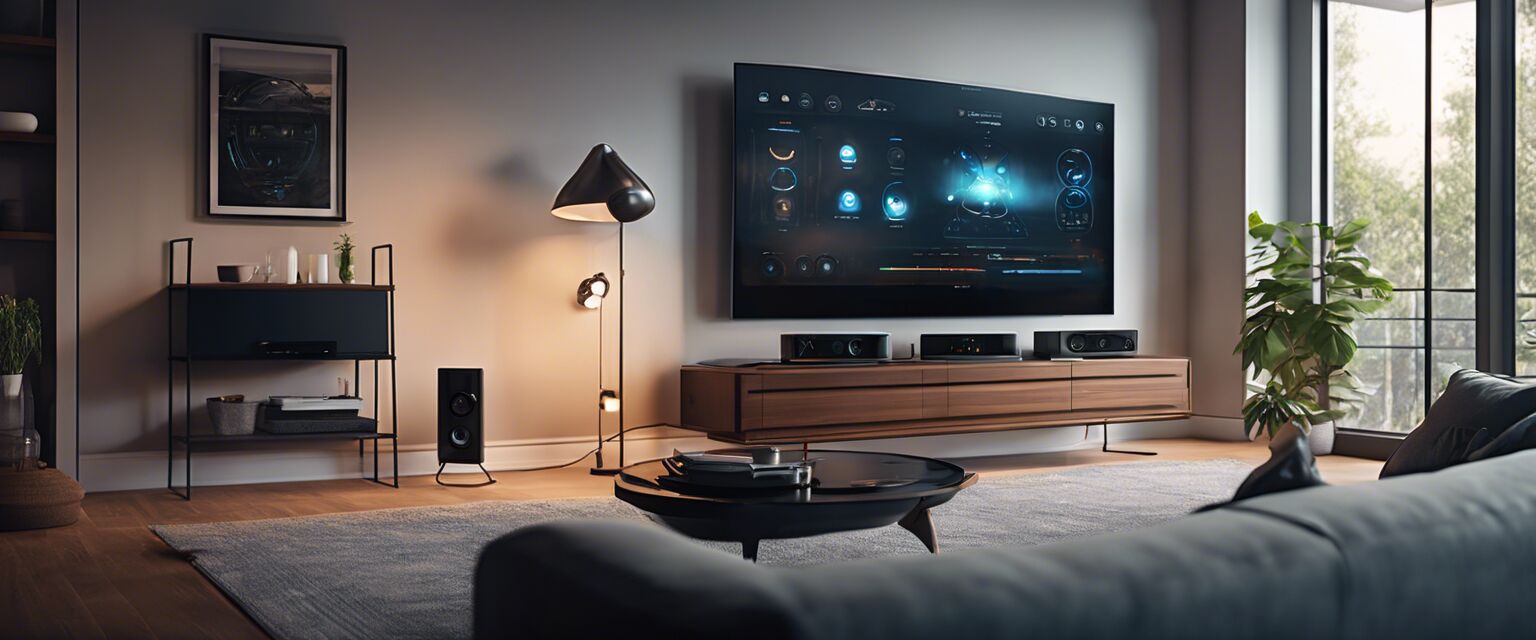
Voice-Controlled Home Devices
Key Takeaways
- Voice assistants can simplify home automation.
- Popular options include Amazon Alexa, Google Assistant, and Apple Siri.
- Integration with various smart devices enhances convenience.
- Voice recognition technology is continually improving.
In today's digital age, voice-controlled home devices have become increasingly popular. With the help of voice assistants like Alexa, Google Assistant, and Siri, managing your home automation has never been easier. This article will explore the ins and outs of these devices, their benefits, and how they can enhance your home automation experience.
What are voice-controlled home devices?
Voice-controlled home devices are gadgets that utilize voice recognition technology to perform tasks based on user commands. These devices can range from smart speakers to smart light bulbs, and they are integrated with voice assistants to provide hands-free control over various aspects of your home.
Popular voice assistants
| Voice Assistant | Compatible Devices | Key Features |
|---|---|---|
| Amazon Alexa | Echo, Fire TV, Smart Lights | Music playback, smart home control, routines |
| Google Assistant | Google Nest, Chromecast, Smart Displays | Search capabilities, personalized suggestions, routines |
| Apple Siri | HomePod, iPhone, iPad | Integration with Apple ecosystem, shortcuts, smart home control |
Benefits of using voice-controlled home devices
- Convenience: Control devices with simple voice commands.
- Hands-free operation: Ideal for multitasking situations.
- Integration: Works seamlessly with other smart home devices.
- Accessibility: Helpful for individuals with mobility challenges.
How to set up voice-controlled devices
Setting up your voice-controlled devices is straightforward. Hereâs a step-by-step guide:
- Choose your voice assistant (e.g., Alexa, Google Assistant, Siri).
- Download the corresponding app on your smartphone.
- Connect your smart devices to the app.
- Use voice commands to control your devices.
Popular devices compatible with voice assistants
| Device Type | Popular Brands | Features |
|---|---|---|
| Smart Speakers | Amazon Echo, Google Nest | Voice control, music streaming, smart home hub |
| Smart Lights | Philips Hue, LIFX | Color control, scheduling, energy monitoring |
| Smart Thermostats | Nest, Ecobee | Temperature control, scheduling, energy-saving features |
| Smart Plugs | TP-Link, Wemo | Remote control, scheduling, energy monitoring |
Tips for getting the most out of your voice assistant
Beginner's Tips
- Familiarize yourself with your assistant's commands.
- Integrate multiple smart devices for a comprehensive setup.
- Regularly update your devices for optimal performance.
- Explore third-party skills and apps to enhance functionality.
Security considerations
While voice-controlled devices offer numerous benefits, it's essential to consider security. Here are some precautions:
- Use strong passwords for your devices and accounts.
- Regularly update device firmware and software.
- Disable features that you do not use, such as voice purchasing.
- Review privacy settings in the assistantâs app.
Future of voice-controlled home devices
The future of voice-controlled home devices is promising. As technology continues to evolve, we can expect:
- Improved voice recognition accuracy.
- Greater integration with IoT devices.
- More personalized user experiences.
- Advanced automation capabilities.
Conclusion
Voice-controlled home devices are revolutionizing the way we interact with our homes. With options like Amazon Alexa, Google Assistant, and Siri, users can enjoy a more convenient, hands-free experience. By understanding the benefits, setup processes, and security considerations, you can create a smart home tailored to your needs.
Pros
- Highly convenient for everyday tasks.
- Easy integration with multiple smart devices.
- Continually improving technology.
Cons
- Potential privacy concerns with voice recording.
- Dependence on internet connectivity.
- Initial setup may be challenging for some users.

